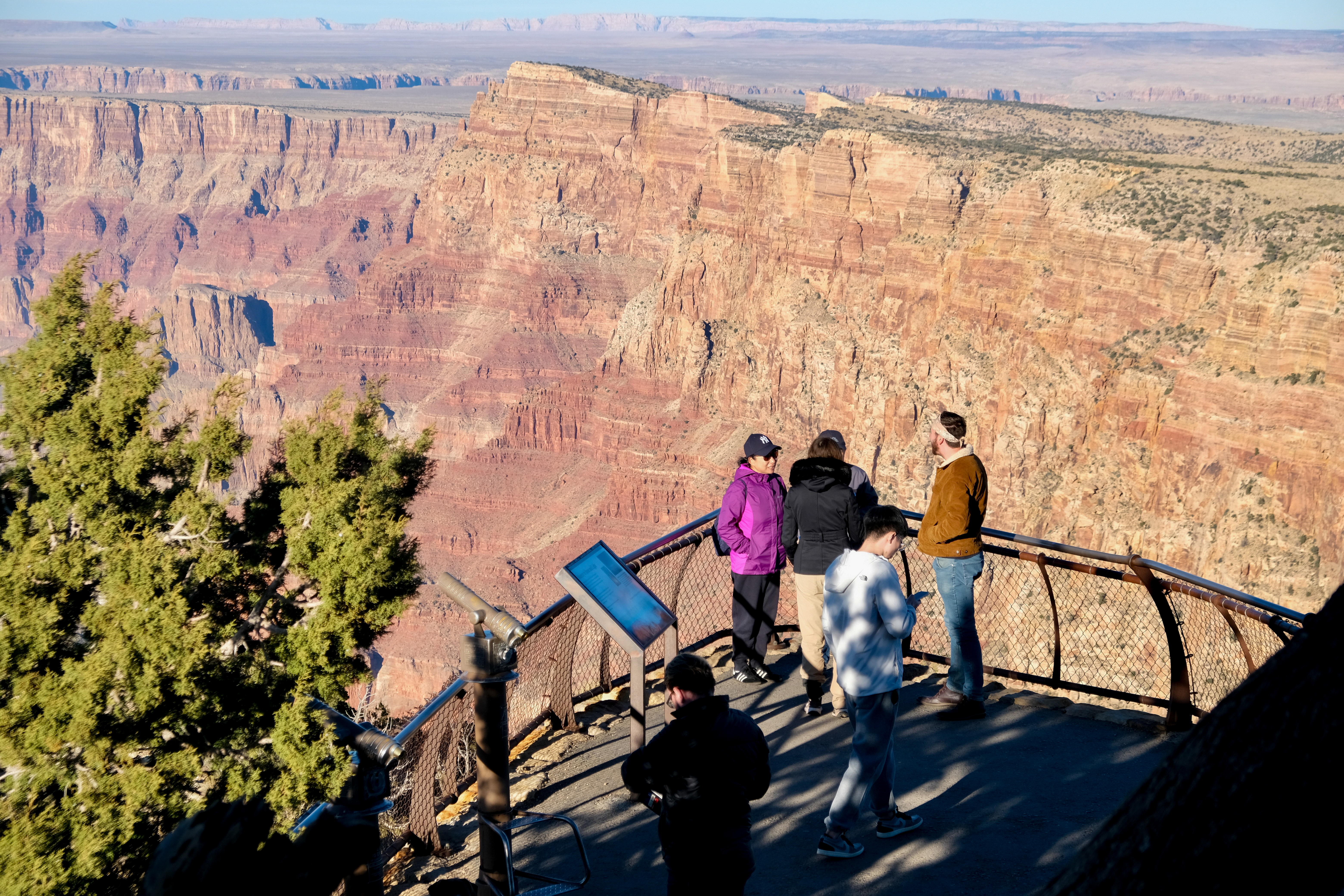Grand Canyon fee adjustment becomes part of a wider effort to support national park services
Grand Canyon visitors will soon experience an updated entry structure as national parks across the United States prepare for an increase in fees. The change is part of a broader effort to support conservation, maintenance and long-term planning for heavily visited natural landmarks. As more people continue to explore national parks each year, the demand for improved facilities, safer trails and better environmental protection has risen. The revised fee system is being introduced with the intention of strengthening these areas without limiting access for the public.

The update follows a review conducted by the Department of the Interior, which stated that the adjustment is intended to support visitors while helping parks manage growing operational needs. The plan links directly to a wider national approach to preserve essential sites while keeping them functional for millions of guests. With parks like the Grand Canyon welcoming travelers from within the country and around the world, the pressure on resources has increased significantly in recent years. The revised fee is designed to help manage these challenges without creating a burden for families who visit regularly.
Grand Canyon visitors respond to new steps aimed at maintenance and long-term care
Officials have explained that the new revenue will be directed toward essential tasks such as repairing trails, improving visitor facilities, maintaining restrooms, strengthening safety systems and addressing long-standing infrastructure concerns. Many of these tasks have been delayed for years due to limited budgets. As the list of repairs continues to grow, the Grand Canyon and other major parks require consistent funds to ensure visitor safety and preserve natural landscapes. The change reflects an attempt to prevent further wear and protect the natural environment that draws so many people to these sites.
The approach also aligns with an effort to prioritize American families by maintaining affordability. The Department of the Interior noted that many parks have faced visitor numbers far higher than their original capacity. Overcrowding often leads to strain on trails, waste systems and ranger services. With the Grand Canyon ranked among the busiest destinations, its maintenance needs have expanded at a fast pace. The fee update is meant to reduce the gap between the park’s daily operational workload and the limited funds available to address it.
Grand Canyon remains central to discussions on balancing access and preservation
The White House has pointed out that the additional revenue will be used to strengthen conservation programs and maintain essential structures, even though earlier budget plans included major cuts to the National Park Service. The revised fee system is presented as a method to generate steady funding without depending solely on federal budgets. The situation has led many observers to review the national park funding model and consider long-term solutions that support places like the Grand Canyon while maintaining public accessibility.

Visitor responses have been mixed but steady. Some travelers understand the need for updated fees, recognizing the visible signs of aging infrastructure and the importance of preserving natural sites. Others worry about rising costs affecting accessibility, especially for families who visit multiple parks each year. However, early reports show that most visitors continue to support efforts to protect the Grand Canyon, acknowledging that maintenance and safety improvements require consistent financial support.
Park officials have stressed that these adjustments are part of a larger plan rather than a sudden shift. The goal is to ensure that iconic sites remain protected while offering a reliable and comfortable experience for visitors. The Grand Canyon in particular faces significant maintenance demands due to its size, terrain and heavy use. Operational teams have long requested updated funding, citing the need for repairs on trails, facilities and transportation areas within the park. The revised fee structure provides a clearer path toward addressing these concerns. Also Read: Famous Toilet Girl and Her Unexpected Rise: A Story of Change and Determination
Grand Canyon fee revisions reflect ongoing changes in park operations
The broader conversation extends beyond a single park. Many national parks across the country face similar issues, with rising visitor numbers but limited funds for upkeep. The situation at the Grand Canyon highlights a challenge shared by many parks: balancing open access with long-term environmental protection. Without updated funding, essential conservation work risks being delayed, which can lead to further issues over time.

As discussions continue, officials emphasize that the fee adjustment is a step toward securing the future of these important sites. The Grand Canyon remains a central part of this effort, both for its natural significance and the volume of visitors it receives. The updated approach aims to support a stable system that ensures the park stays safe, maintained and accessible for generations to come.
View this post on Instagram
Conclusion:
The Grand Canyon fee change reflects a broader effort to protect national parks while supporting long-term planning. The updated structure aims to strengthen maintenance and preservation without limiting public access.

